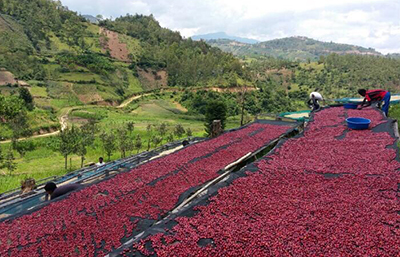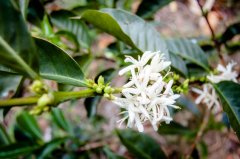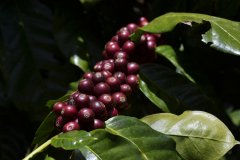What does Yega Xuefei G1 mean? introduction to the planting history and altitude of Yega Xuefei Coffee producing area

For professional baristas, please follow the coffee workshop (Wechat official account cafe_style)
Yega Chuefei G1 Yirgacheffe G1-
Unique flavor
Yega Xuefei stands out for its unique flavor in Ethiopia, which has many native species. It is the best coffee in Ethiopia, with sweet and sour fruits, citrus citric acid and jasmine flowers, and soft sweet orange peel, raisins and cinnamon. The shallow Yega Xuefei tastes fresh and bright with the aromas of fruit tea and alpine tea. Washed Yega Chuefei has a bright and pure flavor and acidity, which highlights its unique characteristics, while Sun Yega Chuefei has a wild wine flavor and gentle aroma, and its flavor is even more unique.
Introduction of origin
Ethiopia, which is regarded as the birthplace of Arabica, is rich in native varieties and broad genetic sequences, many of which can not be found in other countries. Coffee in Ethiopia is mostly grown by small farmers on their own small farms or in wild and semi-wild environments, and nearly 15 million people across the country are involved in growing and processing coffee beans. Yirga is a high-altitude town in Ethiopia-Sidamo province. "Yega" has the meaning of "let it settle", while "cheffe" means "marsh". Because of the local environment and climate, the coffee grown is famous for its special lemon and citrus flavor, which is different from that of other parts of Ethiopia, so it is an independent producing area.
Planting history of producing area
Ethiopia, the birthplace of Arabica coffee varieties, dates back to the 10th century, when the first African nomads to eat coffee fruits (coffee cherries / coffee cherries) mixed coffee beans, oil and spices to make refreshing and refreshing foods. Coffee farmers in Ethiopia mostly grow and harvest coffee by hand, in conjunction with the Coffee and Tea Development Department set up by the local government to improve and manage all coffee beans.
Planting altitude
Yegashafi, Ethiopia is grown in high 1900m--2200m alpine areas. Non-cultivated coffee trees grow in the woods. Although in the tropics, the climate is cool, rainy but not humid, and the air is fresh and clean, so it is full of natural flavor.
Important Notice :
前街咖啡 FrontStreet Coffee has moved to new addredd:
FrontStreet Coffee Address: 315,Donghua East Road,GuangZhou
Tel:020 38364473
- Prev

The difference between Yega Sheffield Coffee and Yega Chefe Coffee you really understand the definition of Yega Sheffield.
For the exchange of professional baristas, please follow the coffee workshop (Wechat official account cafe_style) Yegashafi coffee beans, which were originally defined as the coffee beans from the town of Yegashafi in Ethiopia. Most coffee fans are probably no stranger to Ethiopia, the birthplace of Arabica and one of the world's most important native / wild coffee gene banks.
- Next

Introduction of Sidamo Coffee producing area introduction of Sidamo Coffee Flavor
For the exchange of professional baristas, please pay attention to the coffee workshop (Wechat official account cafe_style). The coffee flavor of Sidamo is very diverse, and different soil types, microclimate and countless native coffee species make the coffee produced in each town have obvious differences and characteristics. The selected batch is excellent in flavor and has won the authority of the United States in succession.
Related
- Detailed explanation of Jadeite planting Land in Panamanian Jadeite Manor introduction to the grading system of Jadeite competitive bidding, Red bid, Green bid and Rose Summer
- Story of Coffee planting in Brenka region of Costa Rica Stonehenge Manor anaerobic heavy honey treatment of flavor mouth
- What's on the barrel of Blue Mountain Coffee beans?
- Can American coffee also pull flowers? How to use hot American style to pull out a good-looking pattern?
- Can you make a cold extract with coffee beans? What is the right proportion for cold-extracted coffee formula?
- Indonesian PWN Gold Mandrine Coffee Origin Features Flavor How to Chong? Mandolin coffee is American.
- A brief introduction to the flavor characteristics of Brazilian yellow bourbon coffee beans
- What is the effect of different water quality on the flavor of cold-extracted coffee? What kind of water is best for brewing coffee?
- Why do you think of Rose Summer whenever you mention Panamanian coffee?
- Introduction to the characteristics of authentic blue mountain coffee bean producing areas? What is the CIB Coffee Authority in Jamaica?

